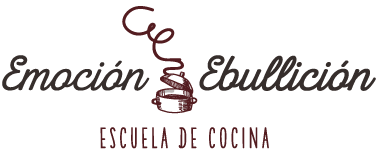Contents:
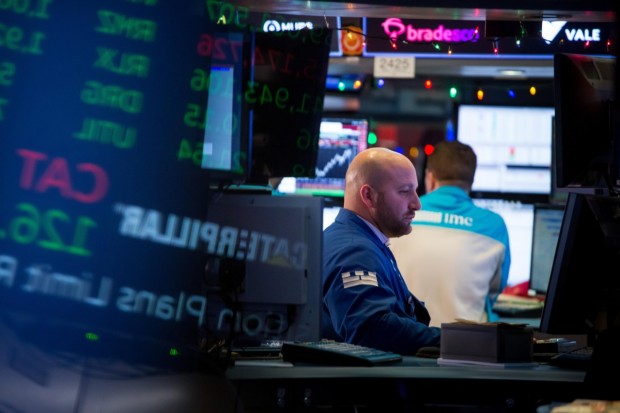
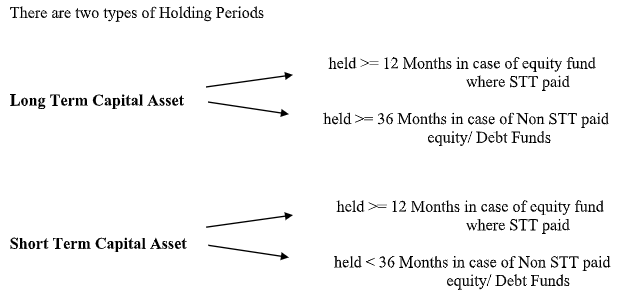
Burkinese dictator Blaise Compaoré and IMF managing director Dominique Strauss-Kahn. Compaoré seized power after assassinating Thomas Sankara and he went on to borrow billions from the Bank and Fund.
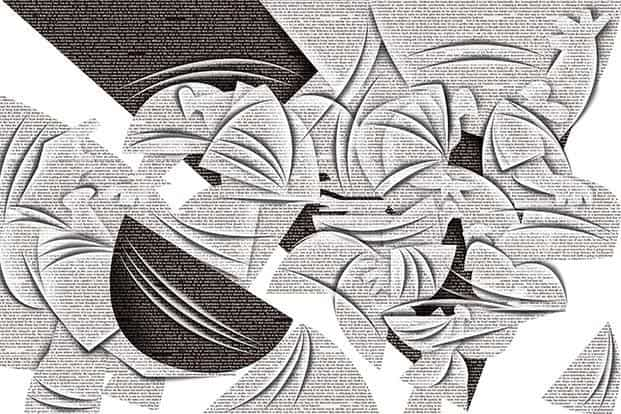
These would become known as “white elephants,” and their carcasses still dot the deserts, mountains and forests of the developing world. These behemoths were notorious for their human and environmental devastation. It is true that the Green Revolution has created more food for the planet, especially in China and East Asia. But despite advances in agricultural technology, much of these new yields go to exports, and vast swathes of the world remain chronically malnourished and dependent. They pay more than $40 billion per year — a number estimated to reach $110 billion per year by 2025 — to buy from other parts of the world what they could grow themselves.
IX. The Development Set
Even when ofac analyzer countries try to produce their own food, they are crowded out by a centrally-planned global trade market. For example, one would think that the cheap labor in a place like West Africa would make it a better exporter of peanuts than the United States. But since Northern countries pay an estimated $1 billion in subsidies to their agriculture industries every single day, Southern countries often struggle to be competitive. What’s worse, 50 or 60 countries are often directed to focus on the very same crops, crowding each other out in the global marketplace. Rubber, palm oil, coffee, tea and cotton are Bank favorites, as the poor masses can’t eat them.
In the past two years, the https://1investing.in/ and Fund have pumped hundreds of billions of dollars into countries following government lockdowns and COVID-19 pandemic restrictions. On average, every year from 1980 to 1985, there were 47 countries in the Third World pursuing IMF-sponsored structural adjustment programs, and 21 developing countries pursuing structural or sector adjustment loans from the World Bank. During this same period, 75% of all countries in Latin America and Africa experienced declines in per capita income and child welfare. A 1959 article on the discovery of gold in the area is the beginning of the story of what would later become the Grasberg mine, the world’s lowest-cost and largest producer of copper and gold. In 1972, the Phoenix-based Freeport signed a deal with Indonesian dictator Suharto to extract gold and copper from West Papua, without any consent from the indigenous population. Until 2017, Freeport controlled 90% of the project’s shares, with 10% in the hands of the Indonesian government and 0% for the Amungme and Kamoro tribes who actually inhabit the area.
But if that were to happen, then poor countries wouldn’t be buying billions of dollars of food per year from rich countries, whose economies would shrink as a result. The most horrible aspect, she said, is that the farmers — who made up 60% of the population in Togo in the 1980s — had their livelihoods turned upside down. The dictatorship needed hard currency to pay its debts, and could only do this by selling exports, so they began a massive campaign to sell cash crops. With the World Bank’s help, the regime invested heavily in cotton, so much so that it now dominates 50% of the country’s exports, destroying national food security.
Foreign journalists are virtually banned; free speech does not exist; the military operates without any accountability. NGOs like Tapol document a legion of human rights violations ranging from mass surveillance of personal devices, restrictions on when and for what reason people can leave their homes and even rules on how Papuans can wear their hair. This essay already mentioned how one of the World Bank’s first loans was to the Dutch, which it used to try and sustain its colonial empire in Indonesia. In 1962, Imperial Holland was finally defeated, and gave up control over West Papua to the Sukarno government as Indonesia became independent. Far from playing the role of good samaritan, the Fund does not even follow the timeless human tradition, established more than 4,000 years ago by Hammurabi in ancient Babylon, of forgiving interest after natural disasters.
Through this mechanism, the Bank and Fund led massive loan offers to Yemen, Tunisia, Egypt, Morocco and Jordan — “Arab countries in transition” — in exchange for structural adjustment. As a result, Tunisia’s foreign debt skyrocketed, triggering two new IMF loans, marking the first time that the country had borrowed from the Fund since 1988. The austerity measures paired with these loans forced the devaluation of the Tunisian dinar, which spiked prices. National protests broke out as the government continued to follow the Fund playbook with wage freezes, new taxes and “early retirement” in the public sector. In an interview for this article, deflation advocate Jeff Booth explains that as the world approaches a bitcoin standard, the Bank and the Fund will be less likely to be creditors, and more likely to be co-investors, partners, or simply grantors.
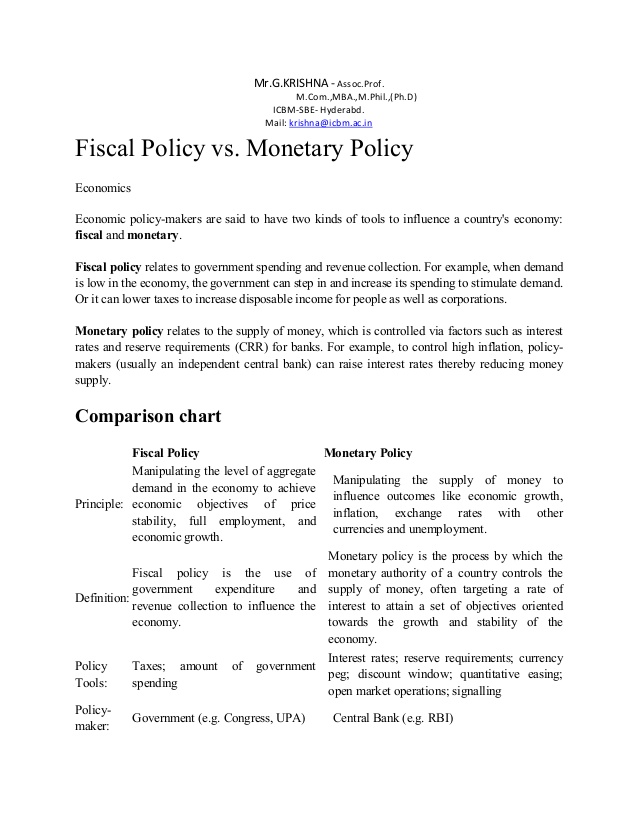
The IMF had always paired its lending with structural adjustment, but for its first few decades, the Bank would give project-specific or sector-specific loans with no additional conditions attached. This changed during McNamara’s tenure, as less specific structural adjustment loans became popular and then even dominant at the Bank during the 1980s. During the gold standard, the violence of colonialism corrupted a neutral monetary standard. In the post-colonial world, a fiat monetary standard — upheld by the Bank and Fund — corrupted a post-colonial power structure. For the Third World, perhaps a post-colonial, post-fiat world will be the right mix.
Strikingly, Bank and Fund leaders are sometimes the very same people who drop the bombs. After leaving the Bank, he went straight to the board of Royal Dutch Shell. A more recent World Bank head was Paul Wolfowitz, one of the key architects of the Iraq War.
XV. The Human Toll Of Structural Adjustment
So they may consider co-investing instead, where they might become more interested in the real success and sustainability of the projects they support as the risk is more equally shared. Such grotesque projects were the result of the massive growth of lending institutions, a detachment of the creditors from the actual places they were lending to, and management by unaccountable local autocrats who pocketed billions along the way. They were the outcome of policies that tried to lend as much money as possible to Third World countries to keep the debt Ponzi going and to keep the flow of resources from south to north moving.
- After all, in most cases, the citizens paying back the loans didn’t elect their leader and didn’t choose to borrow the loans that they took out against their future.
- Nabourema’s father was the one who revealed to her how imported fertilizers and tractors were diverted away from farmers growing consumption food, to farmers growing cash crops like cotton, coffee, cocoa and cashews.
- This amounts to a Malthusian scheme in line with former Bank chief Robert McNamara’s well-documented belief that population growth was a threat to humanity.
- These items are not mined or produced for local consumption, but for French nuclear plants, Chinese electronics, German supermarkets, British cigarette makers, and American clothing companies.
The social impact of structural adjustment is immense, and barely ever gets mentioned in traditional analysis of the Bank and Fund’s policy. There have been plenty of exhaustive studies done on their economic impact, but very little comparatively on their global health impact. When Richard Nixon formally ended the gold standard in 1971, the IMF did not sell its gold reserves. And yet, attempts by any member countries to fix their currency to gold are forbidden. The U.S. prevented Eastern European nations from selling “a single pound of butter, dry milk, or ice cream in America” and both the Bush and Clinton administrations imposed stiff chemical and pharmaceutical import restrictions on the region. Subsidies — for example, free rice in Sri Lanka or discounted fuel in Nigeria — are ended by the IMF, yet creditor nations like the U.K.
In theory, this concept is called “odious debt” and was invented by the U.S. in 1898 when it repudiated Cuba’s debt after Spanish forces were ousted from the island. Wade learned over time that reasons for Western success included the rule of law, clear and transferable property rights, and stable currencies. In 2008, during the Great Financial Crisis, American and European authorities lowered interest rates and juiced up banks with extra cash. During the Third World Debt Crisis and the Asian Financial Crisis, the Bank and Fund refused to permit this kind of behavior. Instead, the recommendation to afflicted economies was to tighten at home and borrow more from abroad.
Vorresti capire finalmente come Investire in Bitcoin e Crypto in maniera Profittevole? Allora continua a leggere!
Children routinely died before the age of five, and swollen-belly syndrome was rampant. It is estimated that Mobutu personally stole $5 billion, and presided over another $12 billion in capital flight, which together would have been more than enough to wipe the country’s $14 billion debt clean at the time of his ouster. He looted and terrorized his people, and could not have done it without the Bank and Fund, which continued to bail him out even though it was clear he would never repay his debts. In 1979, developing nations gathered in the Tanzanian city of Arusha to devise an alternative plan to the IMF-and World Bank-led structural adjustment that had left them with mountains of debt and very little say as to the future of the world economy. Wade points out that as soon as the core countries have an economic crisis , they go right back to using fossil fuels. She observes that poor countries aren’t allowed to develop nuclear energy, and notes that when Third World leaders tried to push in this direction in the past, some of them — notably in Pakistan and Brazil — were assassinated.
In the U.S., for example, the Interest Equalization Act was passed by John F. Kennedy to stop Americans from buying foreign securities and instead focus them on domestic investing. But the Bank and Fund have historically prevented poor countries from using the same tactics to defend themselves. Especially under Suharto — who held as many as 100,000 political prisoners — but even today in 2022, West Papua is a police state almost without rival.
If poor countries can exchange their natural resources for money without dealing with foreign powers, then maybe their sovereignty can strengthen, instead of erode. Through mining, the vast amounts of river power, hydrocarbons, sun, wind, ground warmth, and offshore OTEC in emerging markets could be converted directly to the world reserve currency without permission. The debt trap seems truly inescapable for most poor countries, continuing to grow every year. Maybe investing in anti-fiat Bitcoin reserves, services and infrastructure is a way out and a path to striking back.
- After leaving the Bank, he went straight to the board of Royal Dutch Shell.
- This would put the Bank and Fund’s death toll in the same ballpark as the deaths caused by Stalin and Mao.
- So they may consider co-investing instead, where they might become more interested in the real success and sustainability of the projects they support as the risk is more equally shared.
- National protests broke out as the government continued to follow the Fund playbook with wage freezes, new taxes and “early retirement” in the public sector.
- One would think that after ousting Marcos, the Filipino people would not have to owe the debt he incurred on their behalf without consulting them.
The last thing the world needs is another Bank and Fund drain dynamic, only pulling resources from poor countries to go to the genocidal dictatorship in Beijing. It is trying to grow its Asian Infrastructure Investment Bank by more than $10 billion per year, but it is encountering a variety of issues with projects that it financed across the developing world. Since the CCP cannot mint the world reserve currency, it actually has to eat the loss. Because of this, it won’t likely be able to come anywhere close to approximating the lending volume of the U.S.-Europe-Japan-led system.
If someone was growing corn, sorghum or millet — the basic foodstuffs of the population — they didn’t get access. Nabourema says that a free market system and liberal reforms work well when all participants are on an equal playing field. But that is not the case in Togo, which is forced to play by different rules.
Bank and Fund policy helped transform a continent of incredible agricultural riches into one reliant on the outside world to feed its people. For decades, the public in developing countries suffered as their leaders wavered between selling out their country to multinational corporations and socialist authoritarianism. This hypocrisy was on display a few weeks ago in Egypt, where world leaders gathered at COP 27 (the Sharm el-Sheikh Climate Change Conference) to discuss how to reduce energy use. Western leaders — currently scrambling to import more fossil fuels after their access to Russian hydrocarbons was curtailed — flew in on gas-guzzling private jets to plead with poor countries to reduce their carbon footprint.
★ Vuoi cavalcare il trend del Bitcoin e ottenere entrate passive? ★
No matter how much it opens up, it can’t change the strict policies of the U.S. and Europe, who aggressively subsidize their own industries and agriculture. Nabourema mentions how a subsidized influx of cheap used clothes from America, for example, ruined Togo’s local textile industry. Consider the price of wheat, which ranged between $200 and $300 between 1996 and 2006. This is one reason why countries like Pakistan, Sri Lanka, Egypt, Ghana and Bangladesh are all currently turning to the IMF for emergency loans.
After that, locals had no say in what “development” projects would proceed. Oil, copper and timber were all harvested and removed from the island in the following decades, with no involvement by Papuans, except as forced labor. Beyond “general use” structural adjustment loans, the other way to spend large amounts of money was to finance massive, individual projects.
V. Sostituzione del consumo di risorse coloniali
It is impossible to do a full accounting of just how many women, men and children were killed as a result of Bank and Fund austerity policies. Were able to use coal and the Third World’s oil, the Bank and Fund want African countries to use solar and wind manufactured and financed by the West. Hancock details many such white elephants in “Lords Of Poverty.” One example is the Singrauli Power and Coal Mining Complex in India’s Uttar Pradesh state, which received nearly a billion dollars in Bank funding. “There was also,” Nabourema said, “reckless privatization of our public companies.” She explained how her father used to work at the Togolese steel agency. During privatization, the company was sold off to foreign actors for less than half of what the state built it for.
I 11 migliori siti di gambling online in Italia con promozioni casino … – The Cryptonomist
I 11 migliori siti di gambling online in Italia con promozioni casino ….
Posted: Mon, 06 Feb 2023 08:00:00 GMT [source]
In Guatemala, Hancock describes a giant hydroelectric dam called the Chixoy, built with World Bank support in the Mayan highlands. And even where the Bank and Fund’s influence shrinks, the Chinese Communist Party is beginning to step in. In the past decade, China has tried to emulate the dynamics of the IMF and World Bank through its own development institutions and through its “Belt and Road” initiative. “IMF commitments as a share of world GDP,” the study explains, “hit an all-time high as the European Debt Crisis began to unravel.” Iceland began an IMF program in 2008, followed by Greece, Ireland and Portugal.
In the last 60 years of Bank and Fund dominance, countless tyrants and kleptocrats were bailed out — against any financial common sense — so that their nations’ natural resources and labor could continue to be exploited by core countries. This was possible because the government at the very heart of the system could print the reserve currency. On December 5 to 7, 2022 in the Ghanaian capital of Accra, there will be a different kind of visit.
Until the mid-1990s the janitors cleaning the World Bank headquarters in Washington — mostly immigrants who fled from countries that the Bank and Fund had “adjusted” — were not even allowed to unionize. In contrast, Christine Lagarde’s tax-free salary as head of the IMF was $467,940, plus an additional $83,760 allowance. Of course, during her term from 2011 to 2019, she oversaw a variety of structural adjustments on poor countries, where taxes on the most vulnerable were almost always raised. Over time, the political elite in countries like Togo and Benin became the buyer of all the cash crops from all of the farms.
Matt Damon critiche al suo spot su Crypto.com – The Cryptonomist
Matt Damon critiche al suo spot su Crypto.com.
Posted: Tue, 04 Jan 2022 08:00:00 GMT [source]
In September 2022, newspaper headlines stated that the IMF was “worried” about inflation in the United Kingdom, as its bond market teetered on the brink of collapse. This is of course another hypocrisy, given that the IMF did not seem worried about inflation when it imposed currency devaluation on billions of people for decades. In the past five years, the Bank has collected $70 million in interest payments from the Indonesian government and taxpayer, all for its efforts to accelerate the extraction of resources from islands like West Papua.
